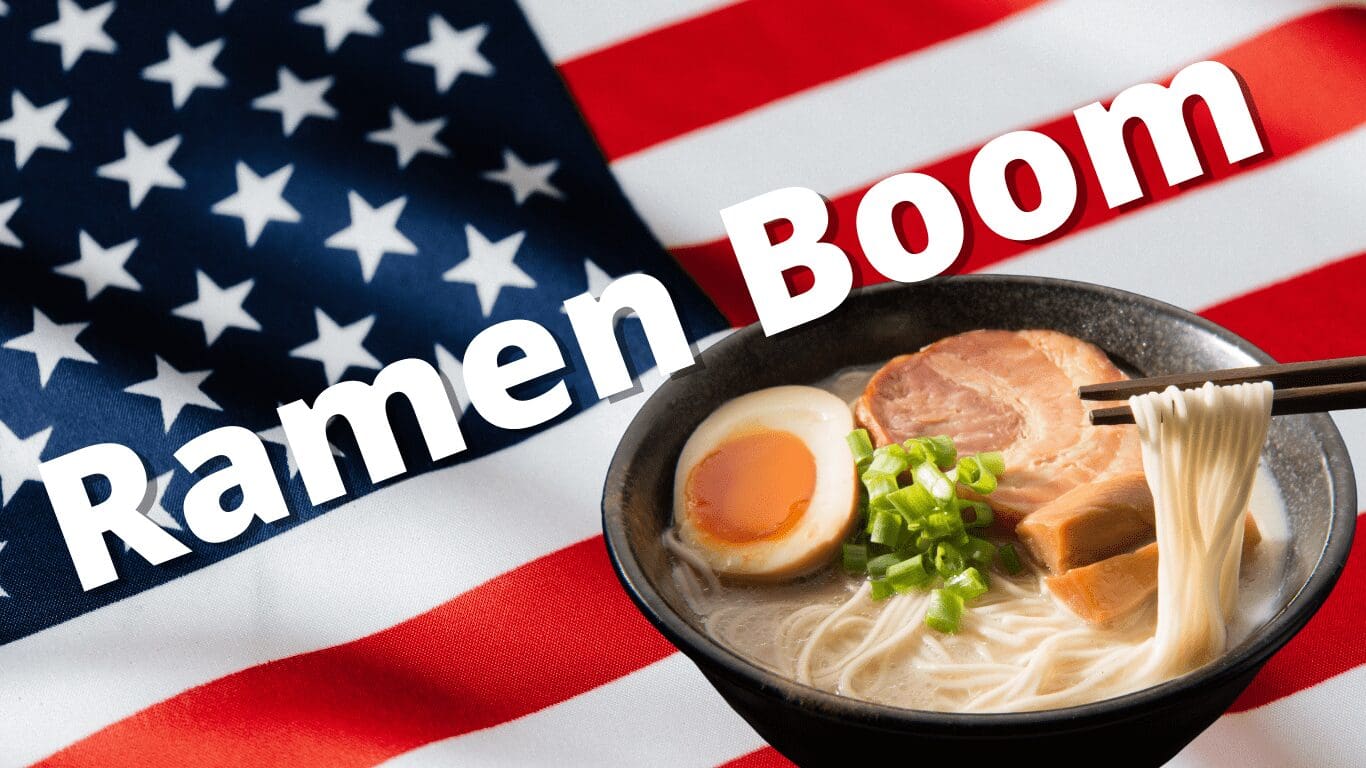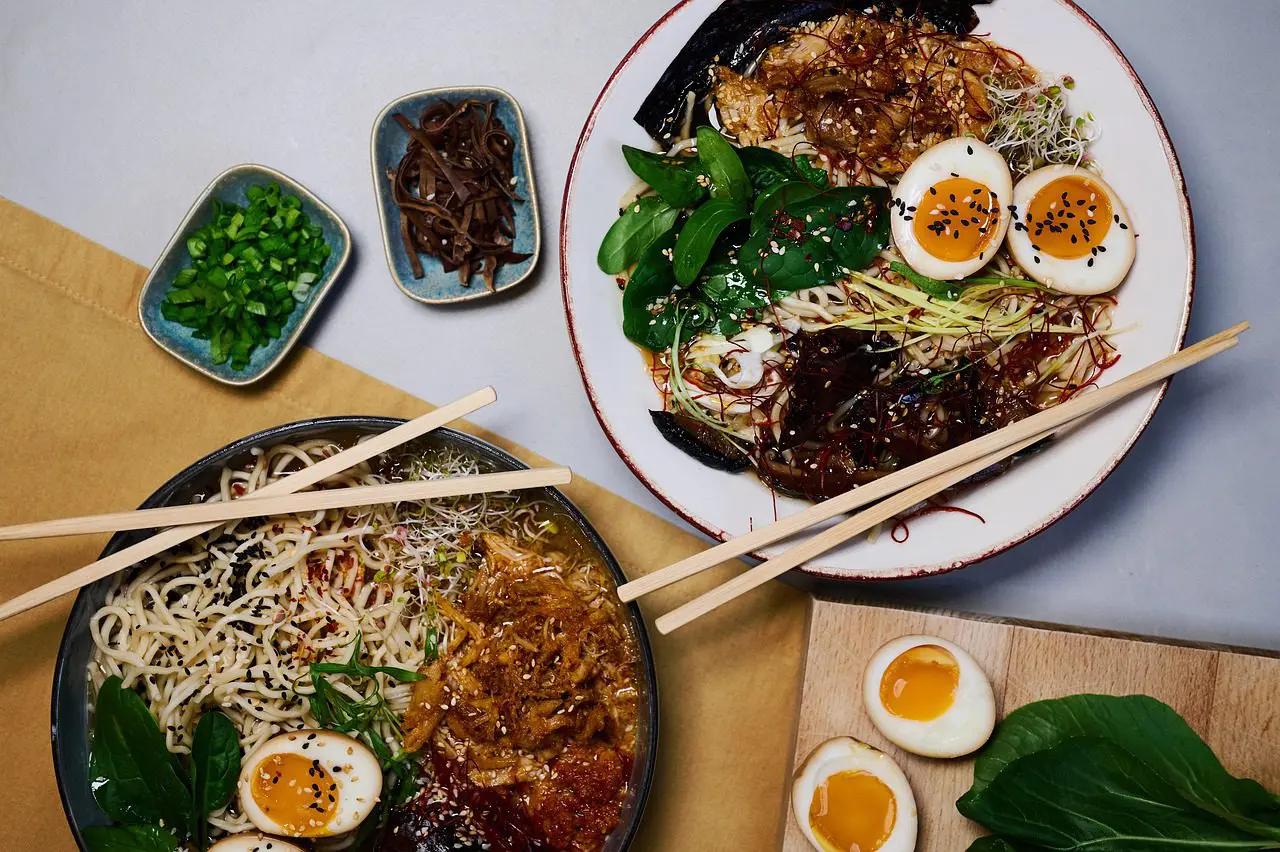35 Ramen Toppings to Elevate Your Home-Cooked Bowl: A Mix of Classic and Trendy Add-Ons
Published: Aug 22, 2022/ Last Updated:Oct 5, 2023
- 15 min read

Hello to ramen fans across the country! Today, I would like to delve into the subject of toppings, an essential element of all ramen. As with soup seasoning and noodle types, toppings are a defining aspect of the different types of ramen. For example, ramen toppings in Japan often characterize the local food culture of the regions and differ greatly from each other.
There is no right or wrong way to top off your ramen; you can choose to decorate your personal bowl however you like. Perhaps this freedom to customize ramen to your individual taste has led to its worldwide popularity.
Thanks to the trial and error of ramen lovers around the world, we can enjoy countless variations of toppings in addition to the standard chashu pork or menma. Let us begin by taking a look at the standard ramen toppings before exploring the exciting modern takes that stand out from the former category. Whether you want to master the classics or you are interested in something new to rejuvenate your ramen, this article is sure to delight, so please enjoy.
- Index
- STANDARD RAMEN TOPPINGS
- AMAZING TOPPINGS FOR VARIOUS TYPES OF RAMEN
- <Western-style toppings>
- Cheese
- Bacon
- Baked potato
- Truffle
- Spam
- <Japanese-style toppings>
- Umeboshi (Japanese Pickled Plums)
- <Vegetarian Topping >
- Deep fried tofu
- Pumpkin
- Mushrooms
- Avocado
- Asparagus
- Nira (Garlic chives)
- <Spicy Topping>
- Kimchi
- Doubanjiang
- Gochujang
- Sriracha sauce
- Shichimi Togarashi
- Curry
- Yuzu Kosho
- CONCLUSION
■Standard Ramen Toppings
First, we will note the toppings that are considered essential. If you want to recreate the delicious ramen you ate at your local Japanese ramen restaurant, this section is for you.
・Chashu
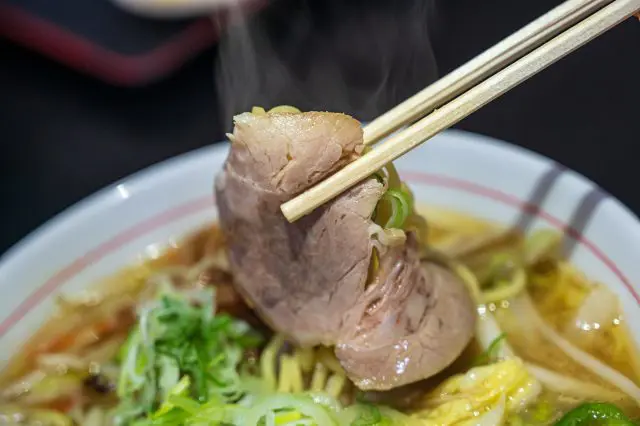
Chashu is one of the most popular ramen toppings. At ramen restaurants, two to three pieces a bowl is customary. However, if that will not satisfy your craving, an order of chashu-men is enough to make you feel like you hit the jackpot. The word chashu comes from the Chinese word “叉焼(chāshāo),” a term for pork thigh that is slowly roasted in a special oven. In contrast, the chashu used in ramen is made by tying pork (belly, thigh, or shoulder) with kite twine and then stewing it in a soy sauce-based sauce that is seasoned with salt and pepper. For that reason, chashu for ramen was originally called “braised pork.”
Chashu is a popular must-have topping when making ramen. Cooking it from scratch can be a bit tricky, but you can purchase chashu at your local Asian supermarket.
・Boiled egg
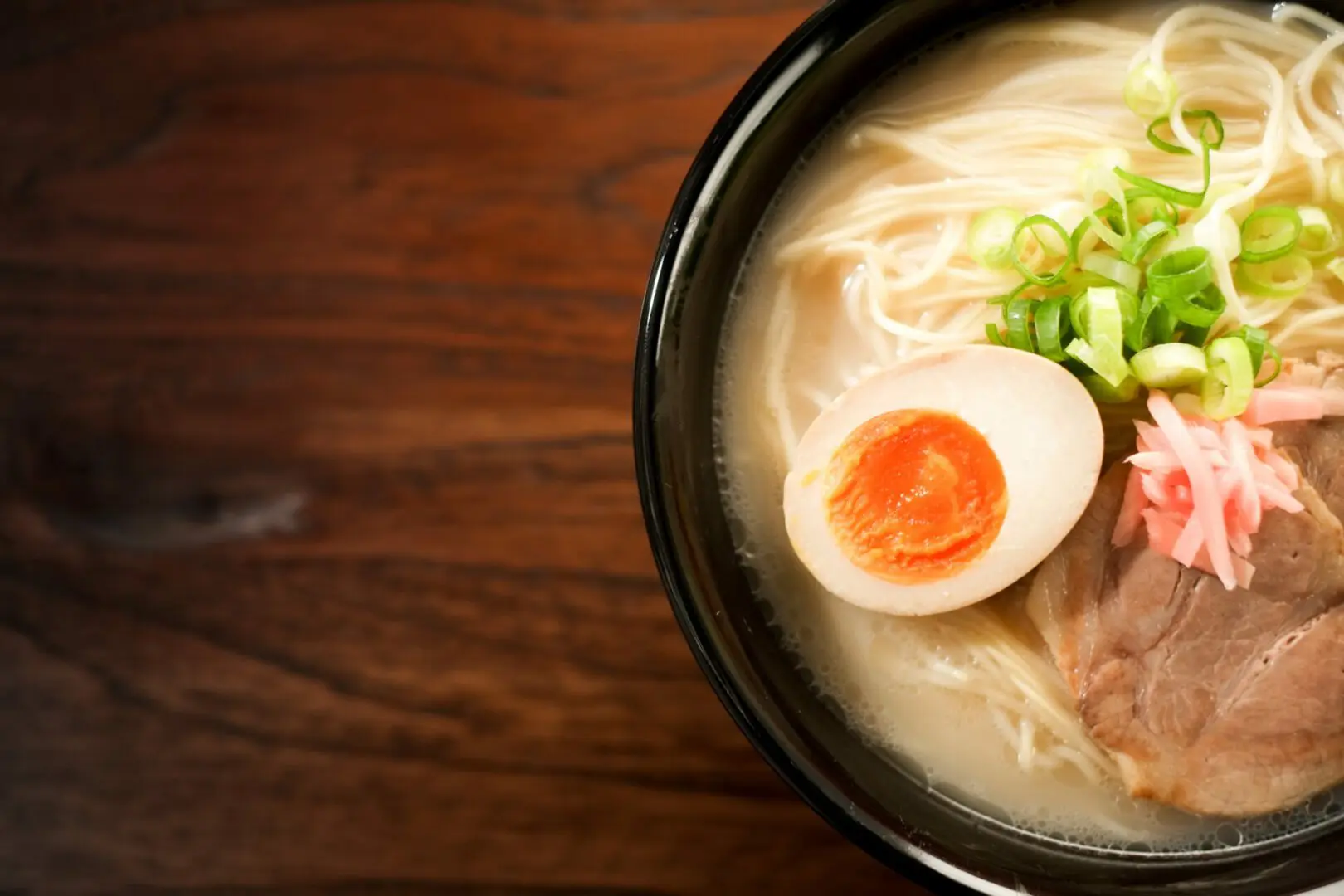
While regular boiled eggs are a delicious topping, soy sauce-marinated, soft-boiled eggs are currently the most popular type to complement ramen. In Japan, it is often referred to as “味玉 (Ajitama).” The first restaurant to use marinated boiled egg as a topping was Kan Chin Tei (漢珍亭) in Ogikubo, Tokyo. At first, hard-boiled eggs were the mainstream, but gradually, half-boiled eggs climbed to the top of the list. Not much effort is needed to make them, so we recommend giving it a try at home. If you do, be sure to use pasteurized eggs as a precaution. Here is a recipe.
・Negi
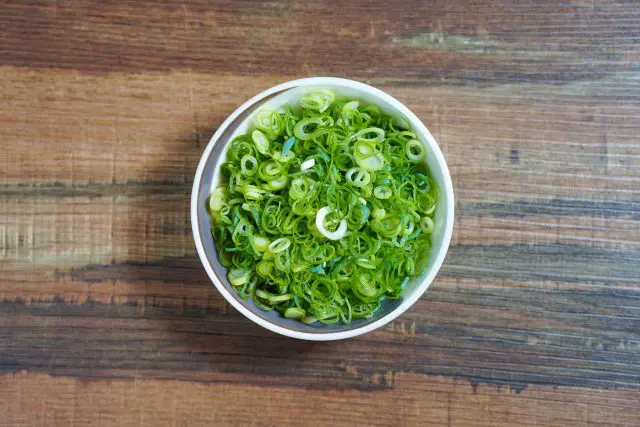
Negi is a type of scallion that adds the perfect balance of crispy texture and refreshing flavor. It is an ideal match for ramen, especially ones with thick soups. In Japan, the type of negi differs depending on the region. In Kansai and Kyushu, the popular negi for ramen is similar to green onions. Examples are Kyoto’s kujo negi and Hakata’s green onion. By contrast, the Kanto region uses a negi that is similar to leeks. An example of this is the Fukaya negi in Saitama. Although they are commonly chopped, we recommend cutting them lengthwise for a crunchier texture.
・Menma
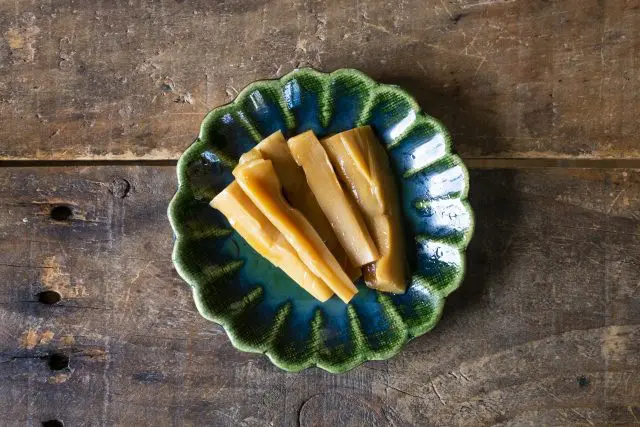
Menma is another indispensable topping for ramen. Its unique chewy texture and refreshing taste accents the dish. When paired with other ingredients such as noodles and chashu pork, its flavor is further enhanced. Menma is made from a type of bamboo found in China and originally was a popular ingredient in Chinese home cooking. During the Meiji period (1868-1912), menma was added to ramen by Chinese immigrants from Fujian and Guangdong that relocated to Chinatown in Japan. It did not take long for its popularity to take off. Incidentally, menma was used as a topping in ramen served in Rai Rai Ken (来々軒), which is said to be the origin of ramen in Japan.
・Bean sprouts
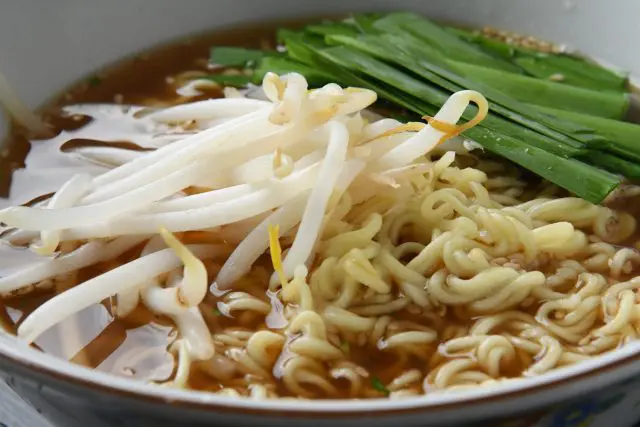
Crunchy and appealing, bean sprouts are a crowd favorite for their low-calorie count, reasonable price, and abundance. The first person to use bean sprouts as a topping was Morito Omiya, the inventor of Sapporo Miso Ramen. Since then, bean sprouts are widely recognized as a typical ingredient in Sapporo Miso Ramen. In fact, the bean sprouts used in Sapporo Miso Ramen are stir-fried bean sprouts. For those short on time, we prepared a simple recipe that requires only a microwave oven. Please refer to this recipe the next time you make ramen.
・Kikurage (wood ear mushroom)
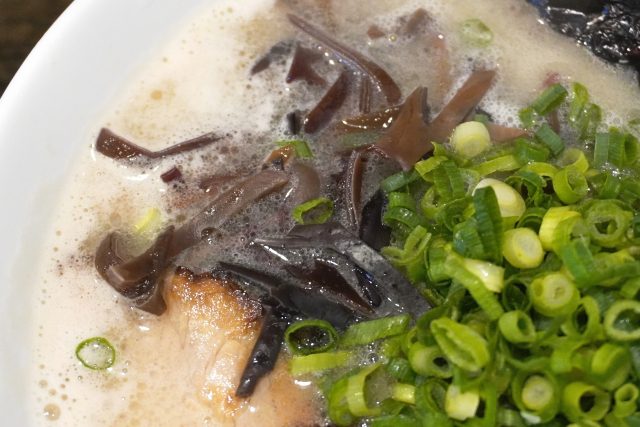
With its delightful crunchy texture, kikurage is a topping often paired with tonkotsu ramen. A reason for this could be that it is an excellent fat-dissolving ingredient. Unfortunately, it is not always an easy topping to find in the U.S., but chances are your local Asian food supermarket has it in stock. Another option is e-commerce sites like Amazon and Walmart. If you are interested in recreating authentic tonkotsu ramen at home, consider using kikurage as a topping. We also have a recipe prepared for you.
・Garlic

Garlic’s punchy aroma and taste enhances the flavor of ramen. Ramen restaurants often serve freshly grated garlic, but we encourage you to try various uses for garlic when you are cooking at home. One suggestion is garlic chips, which are thinly sliced garlic pieces fried in oil. The crunchy texture adds a new element to ramen. Alternatively, whole fried garlic has a hot and flaky texture, like that of potatoes. Note that garlic has a strong after-eating smell, so please be careful not to overdo it.
・Naruto (a type of fish cake)
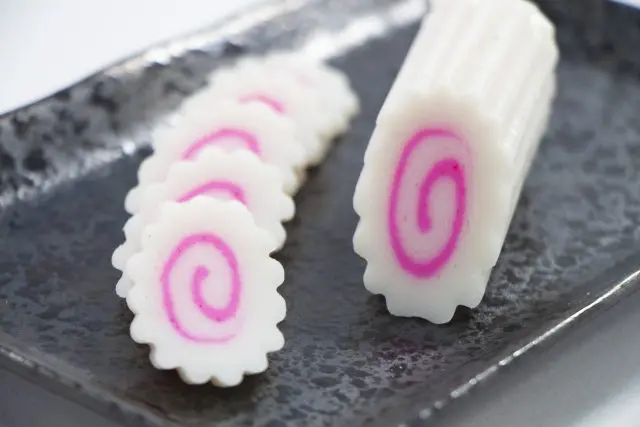
Naruto, with its distinctive and eye-catching pattern, was originally used as an ingredient in Japanese soba noodles. As mentioned in the previous article, ramen was originally called shina soba in the Meiji and Taisho Eras. It is thought that the idea to use naruto in shina soba was inspired by its use in Japanese soba. Naruto is most common in shoyu ramen, the predominant type of ramen in the early days of the dish. Although the number of restaurants that use naruto as a topping has decreased recently, its lovable form (the source of inspiration for the “Naruto” anime) should remain as a steadfast topping for years to come.
・Cabbage

Cabbage isn’t just a fiber-packed health booster; it’s a culinary secret weapon that takes your ramen to the next level. It’s especially gaining buzz in the world of Jiro-kei ramen. Some may ask, “should you boil or stir-fry this veggie for the ultimate ramen experience?” The answer is – both work! Opt for boiled cabbage if you’re looking to carefully meld flavors without overpowering your broth. If you’re craving a richer edge, stir-fry cabbage in aromatic sesame oil for a savory kick that will make your tastebuds enjoy.
・Corn

Forget your assumptions about corn—it’s not just a sweet and crunchy topping. It’s a game-changing ingredient that takes your miso ramen experience from good to legendary! Sapporo, Hokkaido is the birthplace of miso ramen and is also famous for growing corn. Corn is a ramen topping is so iconic, it transformed a tourist gimmick into a culinary revolution. Its mouthwatering sweetness and delightful texture have earned it a cult following, making it a staple in the ramen world. In fact, corn has become so essential to the ramen experience that there are even specialized spoons engineered to ensure you scoop up every last golden kernel from your bowl. Don’t miss out—add this sensational ingredient to elevate your ramen!
・Butter

The simple yet transformative addition of butter to your ramen is a delicious homage to Hokkaido’s rich dairy farming legacy. Inspired by local delicacies like the soul-warming salmon chanchan yaki (as seen in this video), the butter/miso combo is more than a mere topping; it’s a culinary journey steeped in regional tradition. This pairing melds perfectly with your ramen, creating a creamy, umami depth you won’t be able to resist. One taste and you’ll understand why this buttery sensation is taking the ramen world by storm—don’t miss your chance to experience this extraordinary culinary delight!
・Sesame

Take your tonkotsu broth to new heights with sesame seeds—a signature touch in the world of Hakata ramen. Originally introduced to mask the broth’s potent smell, these tiny seeds have evolved into non-negotiable toppings that amplify your ramen experience. For full-bodied aroma and boosted nutrient absorption, grind your sesame seeds to unlock their hidden potential. There are a range of sesame grinders available—from hand-cranked to electric—making it easier than ever to become a home ramen master. Don’t settle for ordinary ramen—add sesame seeds and revel in a bowl of extraordinary goodness!
・Nori seaweed
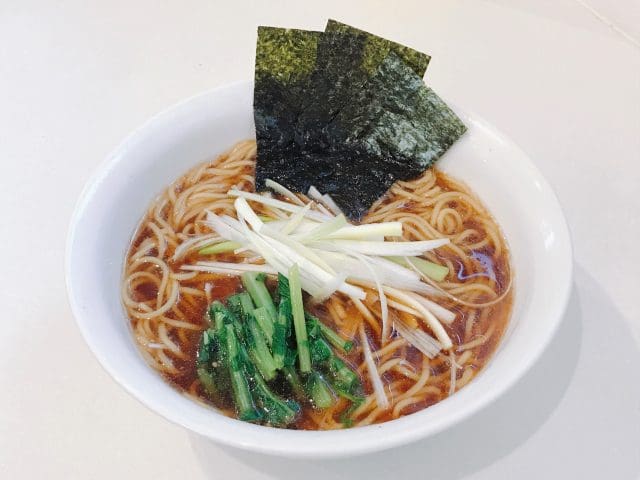
With its origins steeped in Tokyo’s rich shoyu ramen history, nori isn’t just a garnish; it’s a Tokyo Bay treasure that brings a touch of magic to your ramen experience. But the real culinary wizardry happens when nori’s glutamic acid meets the inosinic acid in the chicken broth, creating an irresistible ‘umami synergy’ that you have to taste to believe. Were ancient chefs onto this flavor phenomenon all along? For an intriguing deep dive into this culinary alchemy, don’t miss our captivating article (THE SECRET TO UMAMI IS IN THE DASHI! LOOKING INTO DASHI IN RAMEN.) on how dashi amplifies umami in ramen. Get ready to unlock new depths of flavor like never before!
・Spinach

Once a rare find, spinach is now the beloved ingredient in Yokohama Iekei Ramen, packing your bowl not just with vibrant color but also with a powerhouse of essential nutrients like vitamins A and C, potassium, and iron. To avoid its natural bitterness, pre-cook the spinach before adding it to your dish. A quick 3-minute microwave stint can do the trick just as well as boiling. Pro tip: for that picture-perfect, lush green hue, plunge the cooked spinach into cold water and give it a gentle squeeze to remove excess moisture. Transform your ramen into a bowl of wellness and flavor.
・Wonton
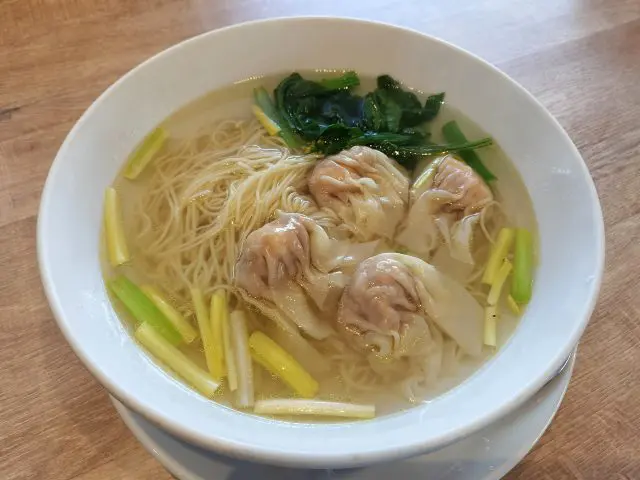
While wonton noodles may be the reigning stars in culinary hubs like Hong Kong, Singapore, and Malaysia, they’ve also captured hearts as a delectable topping in Japanese ramen. Thanks to Acecook’s introduction of instant wonton noodles in 1963, this tasty add-on has been familiar to multiple generations in Japan. Typically gracing bowls of shoyu (soy sauce) and shio (salt) ramen, the marriage of chewy noodles and velvety wontons promises an irresistibly complex texture that you’ll crave again and again.
・Onion

Contrary to popular belief, raw onions can elevate your ramen experience, especially in the case of Hachioji ramen. While you might expect the strong, pungent taste to overpower the broth, the heat of the soup actually mellows out the onion’s sharpness and enhances its sweetness. Plus, raw onions add a delightful crunch, creating a multifaceted flavor experience that complements the noodles perfectly. If you’re a ramen aficionado, this is a topping worth exploring.
■Amazing Toppings for Various Types of Ramen
Next, we will introduce some innovative elements that do not fit into the framework of standard ramen toppings. Ingredients of Japanese origin are not the only toppings that perfectly match this dish. Did you know that there are ingredients in your refrigerator that can complement ramen? In this issue, we will introduce such unexpected toppings in the categories, “western-style toppings,” “vegetarian toppings,” and “spicy toppings.”
< Western-style toppings >
・Cheese

The first western style topping I want to introduce is cheese, which goes especially well with miso ramen. This revelation may leave you feeling skeptical, but there are countless reasons why cheese is great with ramen. For example, cheese and miso are both fermented foods, so it goes without saying that they pair well with each other. You can sprinkle parmesan cheese on top of your ramen, and do not hesitate to go crazy with the amount of cheese you add. When using camembert or mozzarella cheese, let them simmer a little with the noodles.
・Bacon

If you want to add some meat protein to your ramen, but the preparation of chashu sounds time-consuming, why not try bacon? Its flavor adds a unique accent to enrich the ramen. Thickly sliced bacon is also delicious.
・Baked potato
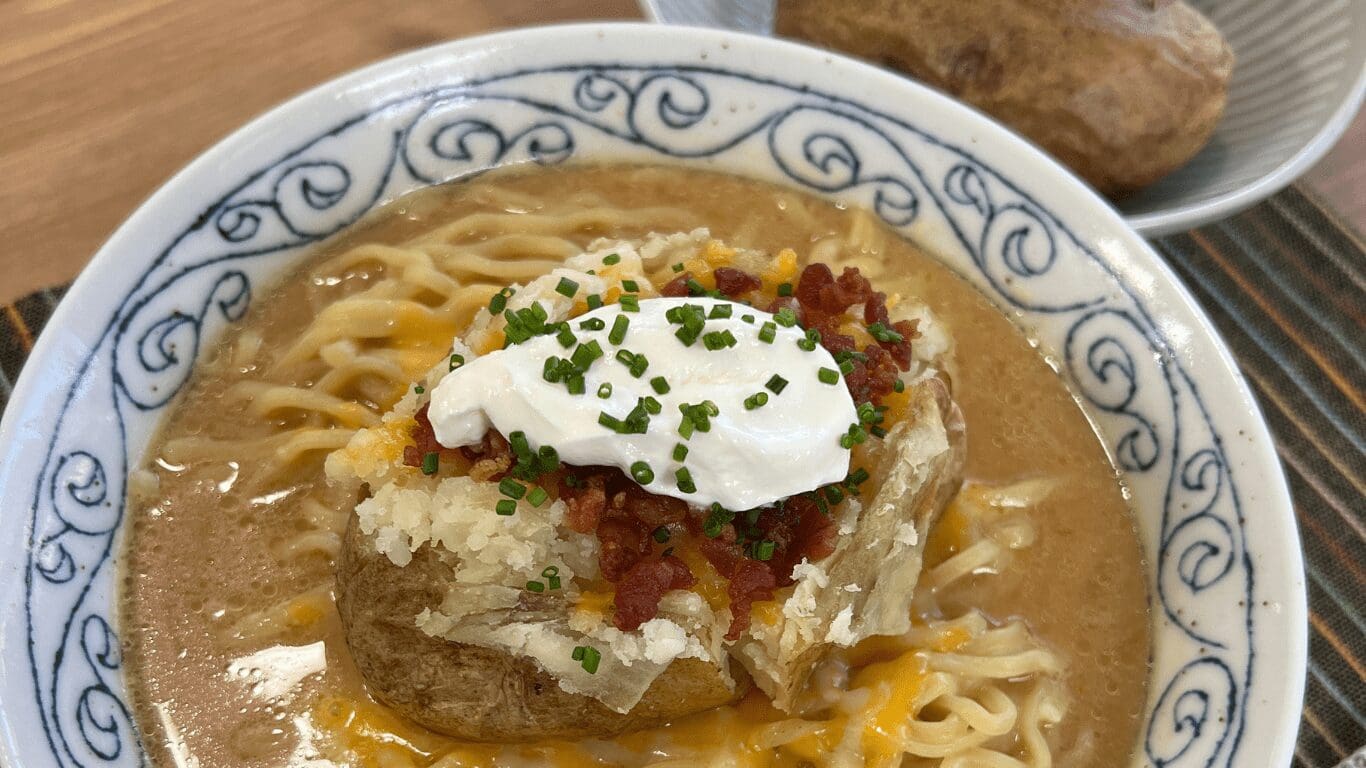
Often served as a side dish for meat, the popular baked potato is delicious on its own. However, we came up with the idea of using a baked potato as a topping for our new Sapporo Miso Ramen. In fact, Hokkaido, where Sapporo is located, is famous for having the largest potato harvest in Japan, producing 80% of the total Japanese harvest! It only made sense to utilize the baked potato as a topping for Sapporo miso ramen. The result was a tremendous success! Potato, butter, and, surprisingly, sour cream gives miso ramen an exquisite richness that makes for a creamier soup. If you are interested, please try this recipe.
・Truffle
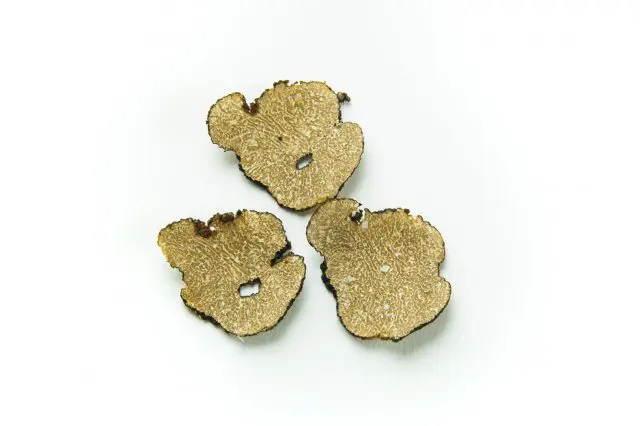
If you want to elevate your ramen game, truffle will take you to the top. It is one of the trendiest toppings nowadays and can be found on the menus of Momofuku and Tsuta (蔦), the first ramen restaurant to receive a Michelin star. Some restaurants have begun to add truffle oil to the finish of their ramen noodles for a more casual way to enjoy the flavor. If you want to create a high-class atmosphere at home, please consider this dish.
・Spam

Spam, the versatile meaty delight that’s a mainstay in Hawaii’s Spam musubi and Korea’s Budae-jjigae, is making a sensational debut in Japanese ramen bowls. Far from a mere culinary novelty, Spam is breaking through its ‘junky’ image to become the unexpected hero of fusion ramen recipes all over Japan. Imagine sinking your teeth into a bowl of spicy ramen, perfectly harmonized with the irresistibly salty and savory notes of Spam—it’s a taste revelation that echoes the authentic flavors of Budae-jjigae. Ready for a delicious twist?
< Japanese-style toppings >
・Umeboshi (Japanese Pickled Plums)
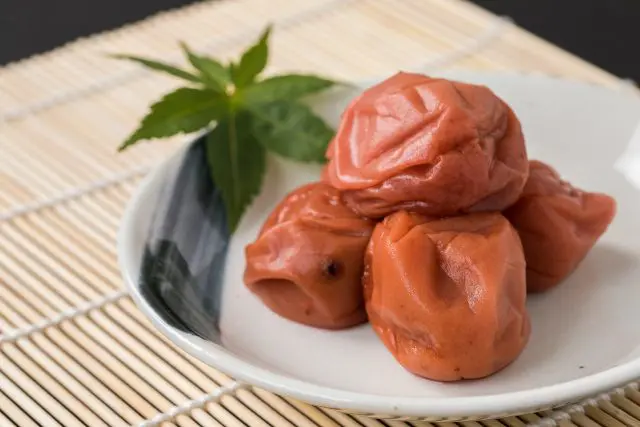
Umeboshi may be best known as a feature in onigiri rice balls and the iconic Hinomaru bento, but did you know it’s also a fantastic ramen topping? Especially when paired with mild-flavored, salt-based ramen, the tartness of umeboshi transforms into a refreshing palate cleanser. If you’re experimenting at home, don’t forget to add fragrant shiso leaves for that extra layer of flavor. For those looking to elevate their ramen bowls, umeboshi offers an exciting twist.
< Vegetarian Topping >
・Deep fried tofu

Deep fried tofu is a great source of protein and an alternative to chashu. The crispy-on-the-outside-fluffy-on-the-inside texture enhances the flavor of the ramen. In addition, extra fried tofu absorbs the broth well, allowing for the taste of the ramen to shine. It is an ingredient that is easy to find at your local Asian supermarket, but even if there is only tofu, you can deep fry it at home, so please give it a try.
・Pumpkin
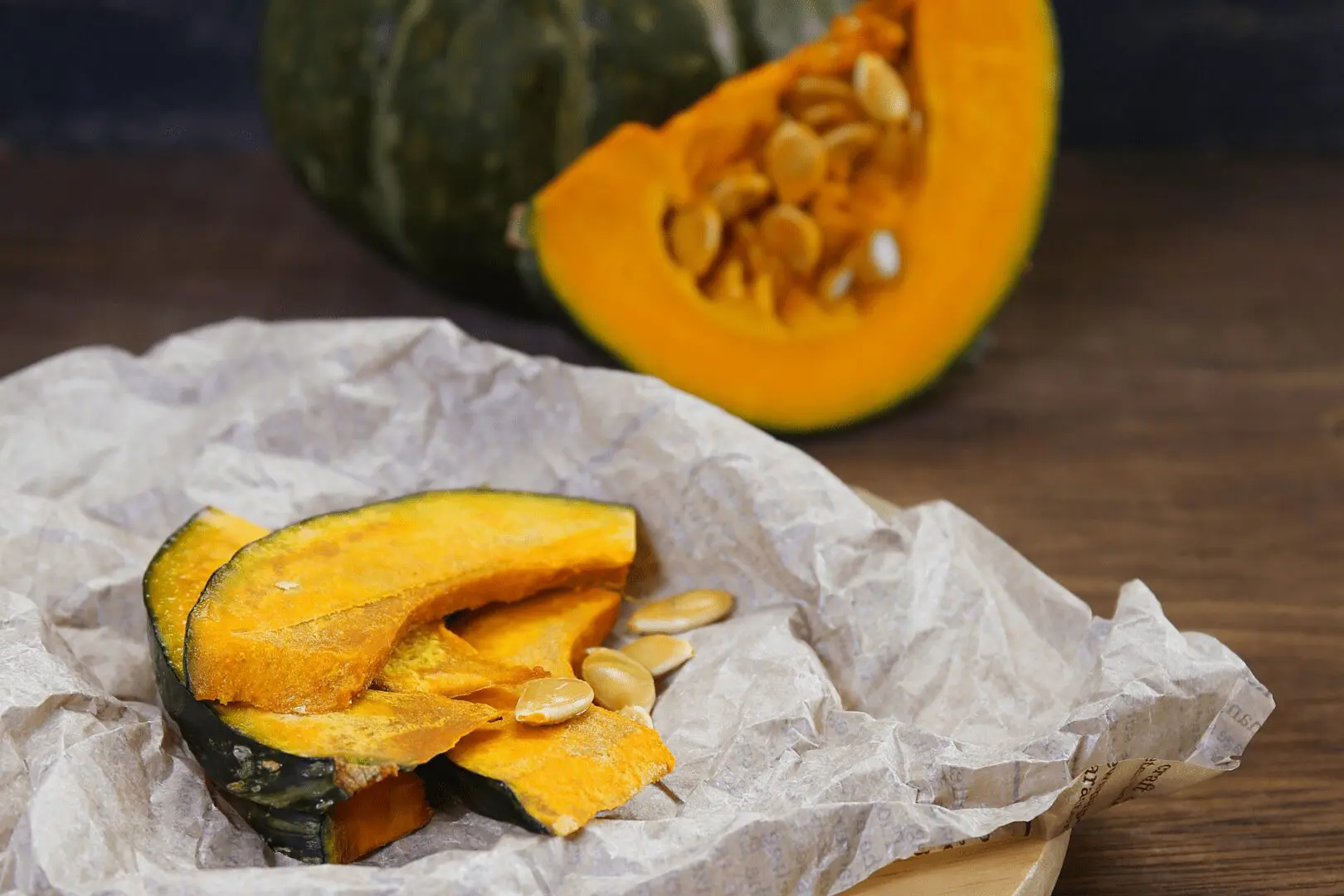
For some added richness, pumpkin is a great topping for ramen. We recommend roasted, sliced pumpkin. It is best to make it in advance in an oven or air fryer, as it takes some time to prepare.
・Mushrooms
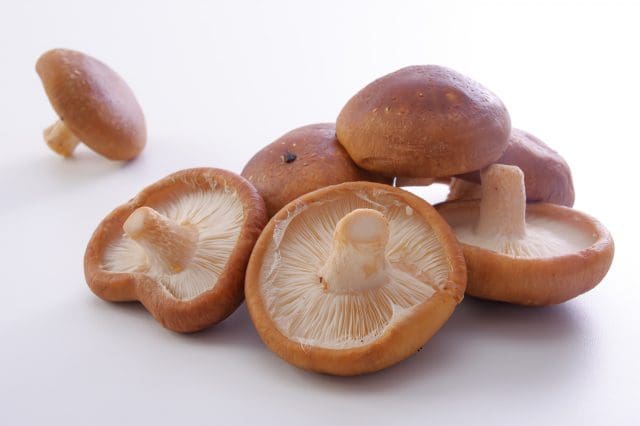
White mushrooms and other mushrooms are perfect toppings for ramen. One of the best is shiitake mushrooms, which have a flavor of their own. Throwing them into ramen adds new layers to the dish. Start by simply roasting them in the oven or air fryer. If you can get your hands on dried shiitake mushrooms, try using the rehydrated juice as a soup base for your ramen. You will be surprised at the depth of flavor of this topping.
・Avocado

The creamy flavor of an avocado can be paired with any dish, and ramen is no exception. Because of its superior nutritional qualities, it is also a perfect ingredient when you want to supplement your diet with nutrients that you cannot get from ramen alone. Simply sliced avocado is a great topping, but avocado tempura will add a touch of extra flavor. The avocado gradually melts into the soup, blending the flavors into a perfect dish.
・Asparagus

Asparagus, with its crunchy texture and subtle sweetness, is a springtime favorite that can do more than grace your grill or salad—it’s a fantastic ramen topping too! We’ve curated a mouthwatering miso ramen recipe featuring asparagus and scallops here that you won’t want to miss. Seasoned with soybean paste, this dish is a seasonal celebration in a bowl.
・Nira (Garlic chives)
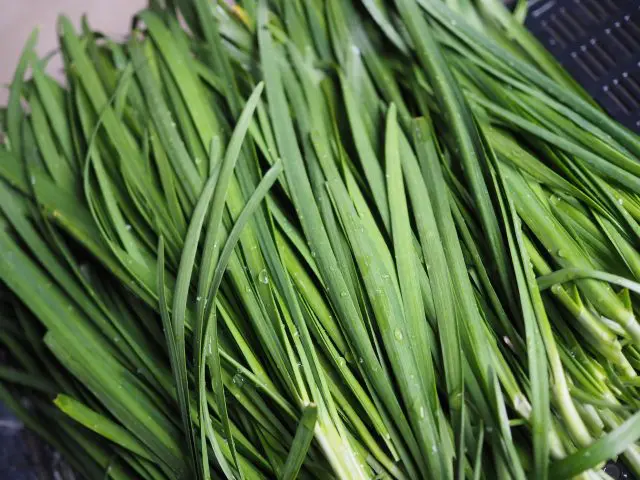
Nira (garlic chives) has gained prominence as a popular topping in Japan, especially in spicy Taiwan Ramen that traditionally pairs it with minced pork and chili peppers. For vegetarians, a fragrant blend of raw nira, sesame oil, and sliced garlic offers an equally enticing option. Even before the Taiwan Ramen craze, Japan cherished nira in the form of “niratama” (garlic chives and egg), which also makes a delectable ramen topping. Curious to try niratama? Check out the recipe here: What is Niratama?
In addition to the ones mentioned here, the following are other possible toppings for vegetarian ramen. Next time you try vegetarian ramen, please try these as well.
- Broccoli
- Carrots
- Kale
- Sweet potatoes
- Zucchini
- Bok choy
< Spicy Topping >
・Kimchi

The first spicy topping we would like to introduce is kimchi. It is a delicious complement to ramen on its own but adding some pork belly to make “Pork Kimchi Ramen” is even tastier. This is an adaptation of the Buta Kimchi Itame (Pork Kimchi Stir-Fry) popular in Japanese izakaya (Japanese style pubs) as a ramen topping. The Buta Kimchi Itame alone makes for a yummy snack, so please take this opportunity to add this dish to your repertoire. You can refer to the following recipes.
Recipe for Pork Kimchi Ramen
Recipe for Buta Kimchi Itame (Pork Kimchi Stir-Fry)
・Doubanjiang
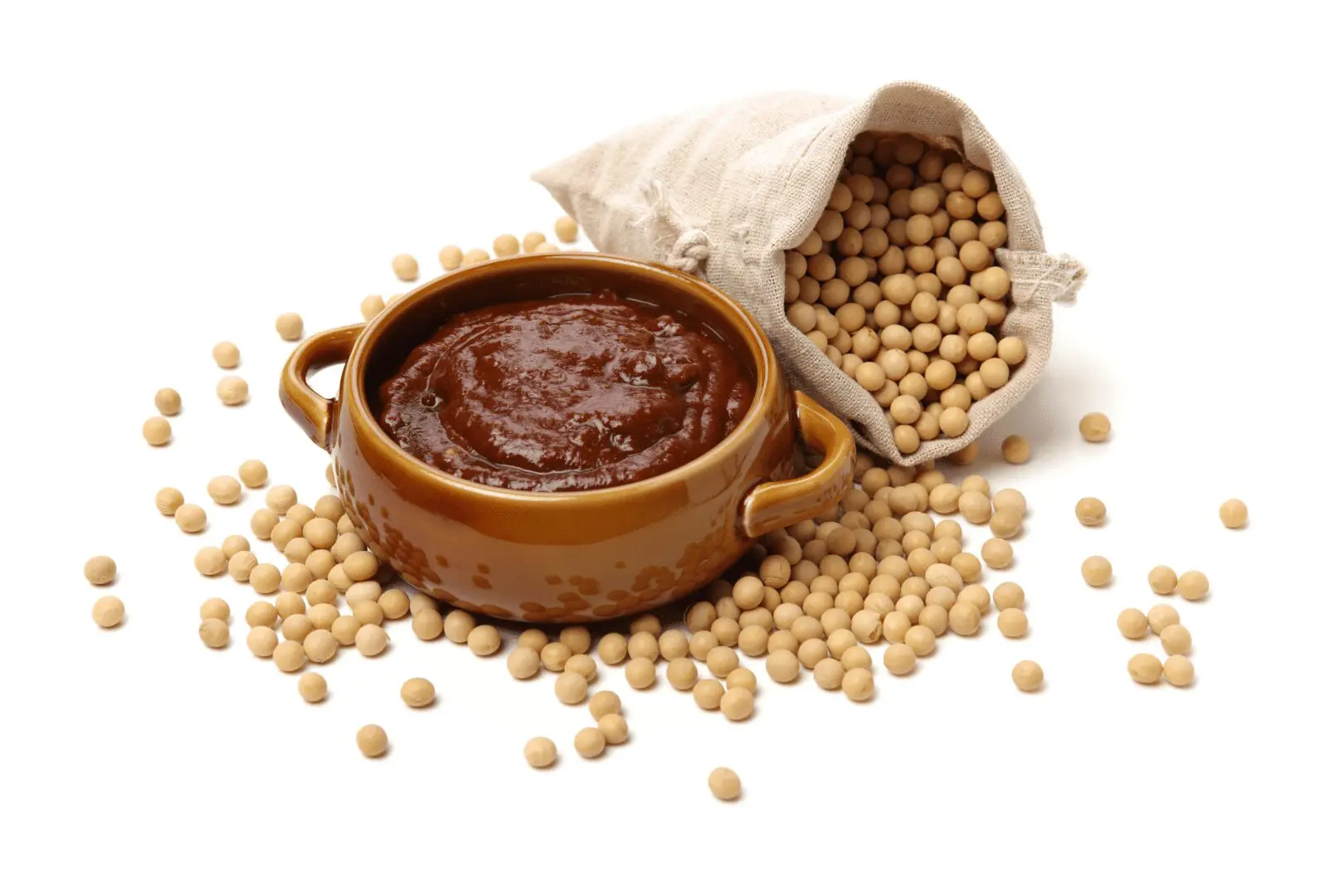
Doubanjiang is another great ingredient for a spicy accent in your ramen. To ensure the spiciness of Doubanjiang is mellow and tasty, heat it in oil before use. For that reason, it is better to use it for making tantanmen (Japanese take on Sichuan Dan Dan noodles) or mabo ramen with mabo tofu as a topping. We also recommend our recipe for tantanmen using the Doubanjiang.
https://www.myojousa.com/recipe/myojo-style-tantanmen/
・Gochujang
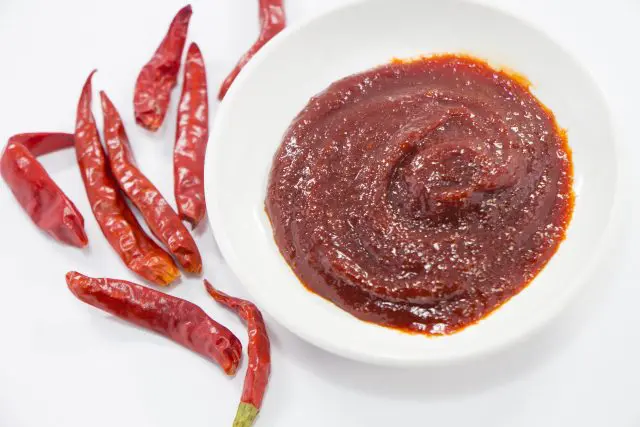
Gochujang, an essential ingredient in Korean cuisine, is a wonderful mix of spicy and sweet. It is delicious as a standalone addition to your ramen, but we encourage you to try our “SPICY RED MISO” recipe, which is based on gochujang, with a little extra kick. It goes especially well with tonkotsu ramen!
・Sriracha sauce
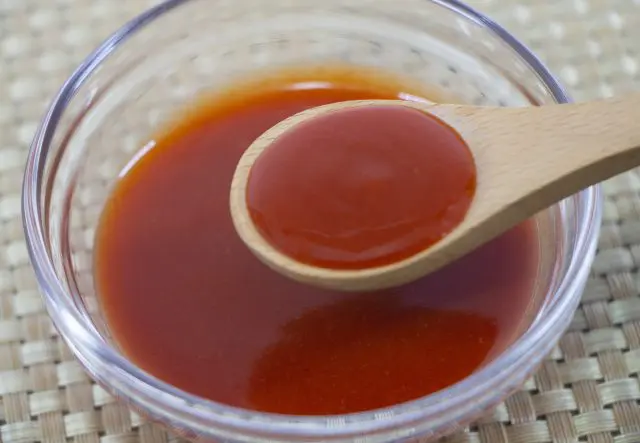
Lastly, we have the crowd favorite: sriracha sauce. You probably already know the versatility of this sauce, but as you might have guessed, it also goes great with ramen! The slightly sour and spicy flavor of sriracha is especially complementary with ramen noodles and vegetables. If you want to add a spicy flavor to your regular ramen, give it a try.
・Shichimi Togarashi
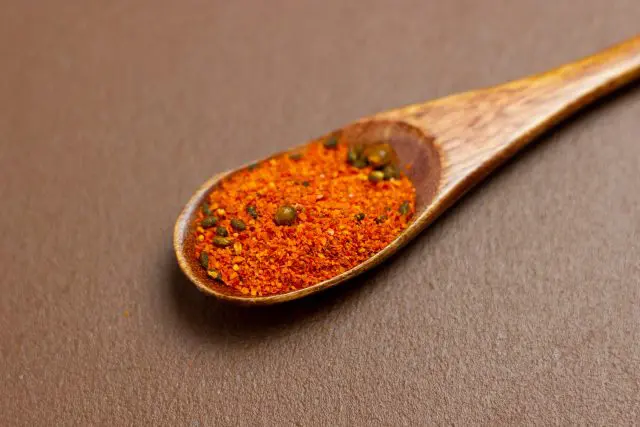
Originating in Japan’s Edo period and inspired by Chinese herbal medicine, Shichimi Togarashi is a complex spice blend featuring togarashi (red pepper), sansho pepper, sesame, and other unique ingredients. In Japan, this spice is a go-to tabletop seasoning, specifically for miso ramen, setting it apart from other ramen types that often use pepper. While the exact reason for its popularity remains a mystery, one theory suggests it stems from its traditional use in “Tonjiru” or “Butajiru,” a pork and vegetable miso soup that predates miso ramen. Looking to elevate your miso ramen? Shichimi Togarashi is a must-try spice blend.
・Curry

Curry and ramen consistently top the list of Japan’s favorite dishes, so it’s no surprise that the fusion dish “curry ramen” has captured foodies’ attention. A quick online search reveals a plethora of curry ramen recipes, highlighting its growing popularity. While Japan often uses curry roux in its version, the U.S. take frequently features coconut milk, reflecting Southeast Asian influences. If you’re a fan of either curry or ramen, this innovative blend is a culinary experience you won’t want to miss.
・Yuzu Kosho

Originating in Kyushu, Yuzu Kosho is a tantalizing blend of chili peppers and yuzu citrus that has transcended its traditional use in Japanese dishes like nabe and yakitori. As it becomes more accessible globally, chefs from Japan to the U.S. are embracing its unique flavor profile. If you’re keen on spicing up your ramen experience, Yuzu Kosho pairs excellently with lighter ramen options such as salt-flavored or dashi-based ramen, adding an unexpected citrusy kick. Don’t miss out on this culinary trend that’s taking the ramen world by storm.
■Conclusion
In this article, we introduced as many ramen toppings as possible. From old to new toppings, all of them have one common denominator: excellent compatibility with ramen. How was it? What amazes me is that ramen offers the freedom to try all kinds of ingredients as toppings, regardless of their regional characteristics. From Nori to mozzarella cheese, ramen is a perfect example of Momofuku Ando’s famous saying, “Taste has no borders.”
Countless ingredients have been used for ramen toppings. Many of them are so popular that they became a staple. However, it is too early to assume that all the perfect toppings for ramen have been discovered. There are surely many more fascinating ingredients in the world waiting to be used. If there is an ingredient that you think is a must-try, use it the next time you make some ramen at home. And if your experimenting leads to a great topping combination, please let us know. We look forward to hearing from all of you!
Reference links:
ラーメンのひみつ 具|西山製麺株式会社
ラーメンの煮玉子発祥の地、荻窪 | ゴルフバカの気まぐれブログ
メンマ/麺麻 – 語源由来辞典
ラーメンにニンニクを入れるには理由があった!美味しい食べ方も紹介 | 食・料理 | オリーブオイルをひとまわし
きくらげがラーメンに入っているのはなぜ?|知って得するキノコのまとめ
ナルトは元々、蕎麦の具であった – ラーメントリビア – ラーペディア – 新横浜ラーメン博物館
Top 5 Vegan Ramen Upgrades – Mike’s Mighty Good
世界一有名なラーメン「蔦」でトリュフラーメンを味わい尽くす! | VOKKA [ヴォッカ]
Momofuku Noodle Bar’s $49 Black Truffle Ramen Is a Perfect Winter Splurge – Eater NY
11 SURPRISING RAMEN TOPPINGS – IMMI
「豆板醤」の人気レシピ35選。炒め物・スープ・麺類なんでもこい! – macaroni
ポテサラもラーメンも…ちょい足しで旨辛味に変身!韓国調味料「コチュジャン」の活用レシピ大集合 | kufura(クフラ)小学館公式
LA発タイの味!全米で人気の「スリラチャソース」が日本でもブームの予感 – macaroni
インスタントラーメンとキャベツの組み合わせが激ウマ!おすすめの食べ方は? | jouer[ジュエ]
北海道では、味噌ラーメンにバターをのせるのが定番!? | 食・料理 | オリーブオイルをひとまわし
なぜラーメンに海苔を入れるのか|伊勢屋海苔店<横浜・川崎>業務用・家庭用・贈答用・ラーメン用
海苔のうんちく | 山本海苔店オンラインショップ
ラーメンにほうれん草を加えれば栄養アップ!美味しいアレンジは? | 食・料理 | オリーブオイルをひとまわし
ラーメンにほうれん草をトッピング!おすすめレシピ8選や茹で方・味付け方法も!| ちそう
誕生秘話|ワンタンメン | エースコック株式会社
タマネギたっぷり 「八王子ラーメン」 | 食文化を旅する
【クックドア】外国では、独特の食べ方をするワンタンメン
豚汁 鹿児島県 | うちの郷土料理:農林水産省
スパムむすび – Wikipedia
【レシピ】ニラたっぷり! ピリ辛「台湾ラーメン」 | 東京ガス ウチコト
スタミナ満点!ハマるおいしさ!にらラーメン|料理のレシピや作り方|暮らしニスタ
「好きな料理ベスト3は何ですか?」ランキング|博報堂生活総研「生活定点1992-2022」調査
Meet Yuzu Kosho, the Secret Weapon Condiment Chefs Are Putting On Everything | Bon Appétit

